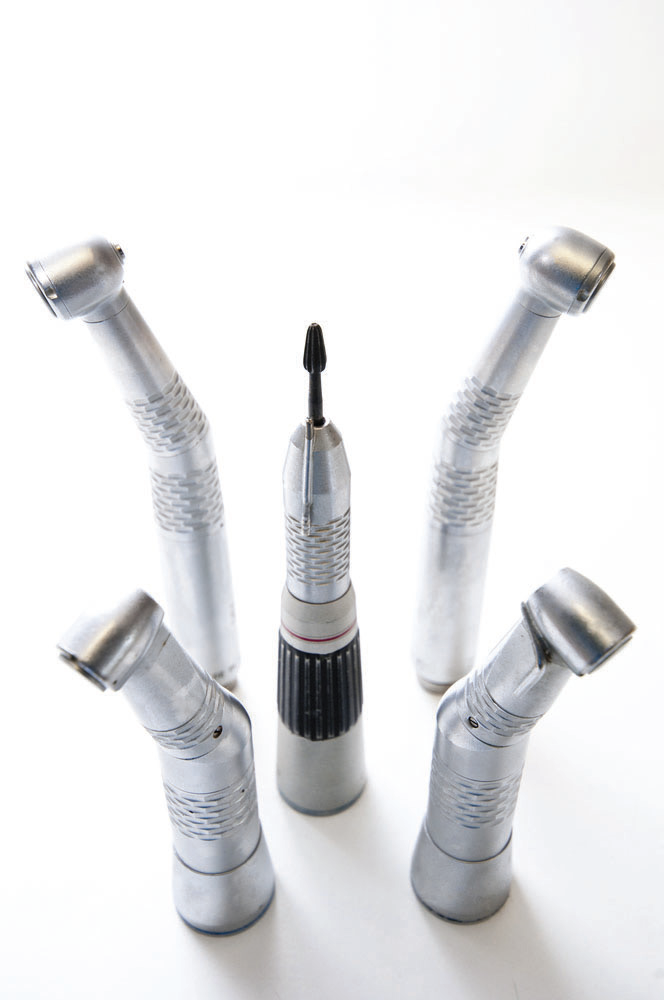Dental health is an important part of your pet’s overall wellbeing. 85% of pets already have evidence of periodontal disease (including inflammation of gums and the loss of bone and soft tissue around the teeth) by the age of 3. If not detected and treated at an early stage, this may lead to serious health conditions beyond oral health, including kidney, liver and heart functions. It’s important to be aware of the causes of dental problems, and to be able to identify the signs that your pet is suffering from periodontal disease.
Dental problems in pets start when plaque (sticky residue from saliva, food, and drink; it can encourage the growth of bacteria) hardens into tartar (a yellowish or brownish mineral buildup). Tartar above the gum line can easily be seen and removed, but plaque below the gum line is damaging, and sets the stage for infection and injury to the jawbone.
Every day is an opportunity to improve your pet’s oral health. Pet lovers can extend their dog or cat’s longevity and quality of life by adding oral care to their routine.
This article is courtesy of the Pet Food Institute, in line with its responsible pet ownership advocacy “Well Fed, Well Nurtured” campaign with the Veterinarian Practitioners Association of the Philippines. For more information on responsible pet care, visit www.petfoodinstitute.org and follow PFI on Twitter @USPetFood.
This appeared in Animal Scene magazine’s June 2017 issue.






